 According to the U.S. Department of State’s 2021 Trafficking in Persons Report, Serbia ranks as a Tier 2 country, which means “the Government of Serbia does not fully meet the minimum standards for the elimination of trafficking [in relation to the Trafficking Victims Protection Act of 2000] but is making significant efforts to do so.” The U.S. Department of Justice defines human trafficking as “a crime that involves the exploitation of a person for labor, commercial services or sex.” According to the NGO Atina, “Serbia is [a] source, transit and destination country for children, women and men trafficked for the purpose of sexual and labor exploitation, coercion to commit crimes, forced begging and forced marriage.”
According to the U.S. Department of State’s 2021 Trafficking in Persons Report, Serbia ranks as a Tier 2 country, which means “the Government of Serbia does not fully meet the minimum standards for the elimination of trafficking [in relation to the Trafficking Victims Protection Act of 2000] but is making significant efforts to do so.” The U.S. Department of Justice defines human trafficking as “a crime that involves the exploitation of a person for labor, commercial services or sex.” According to the NGO Atina, “Serbia is [a] source, transit and destination country for children, women and men trafficked for the purpose of sexual and labor exploitation, coercion to commit crimes, forced begging and forced marriage.”
Poverty and Human Trafficking
Human trafficking is more common in countries with higher poverty rates as lack of money/resources is one of its driving factors. Economic deprivation makes individuals more vulnerable to human trafficking as many impoverished people are desperate to find a way out of poverty. Low-income families sometimes resort to sending their children away with seemingly trustworthy people promising to provide the education and resources needed. Serbia is one of those developing countries where the poor state of the economy contributes to the prevalence of human trafficking. The country had a poverty rate of 21.7% in 2019, according to the World Bank, and an unemployment rate of 10.1% in 2021.
Types of Human Trafficking in Serbia
Human trafficking in Serbia involves men, women and children. However, women and children are the most vulnerable, representing the majority of victims. The targets are both domestic and foreign, with Roma children in Serbia being more likely to fall prey to human traffickers. This is a consequence of the discrimination and marginalization of the Roma community. Unfortunately, the majority of the Roma population also faces difficulties accessing social protection, decent housing and other essential resources.
Usually, Serbian women are trafficked in sex work all over Europe, particularly in Turkey, Austria, Germany and Italy. Men, on the other hand, are mainly forced to work in labor-intensive sectors, whereas children are pushed into “sex trafficking, forced labor, forced begging and petty crime.” According to the 2021 TIP Report, “thousands of migrants and refugees from the Middle East, Africa, and Asia transiting through or left stranded in Serbia are vulnerable to trafficking within Serbia.”
According to the 2021 TIP Report, courts and judges are often lenient toward defendants accused of human trafficking and forced labor, with some judges displaying victim-blaming attitudes and prejudices, especially toward vulnerable groups and Roma people.
Serbia Takes Action
Over the last few years, the Serbian government has increased national spending on anti-human trafficking efforts. For instance, the government gave $240,080 to the Center for Protection of Trafficking Victims (CPTV) and the Urgent Reception Center (URC), a sharp rise in comparison to the $31,320 contribution in 2019.
The government has also implemented awareness campaigns and stepped up law enforcement efforts. In 2020, Serbian authorities prosecuted 42 defendants for sex trafficking and forced labor under article 388, a reduction from 47 prosecutions in 2019. Serbia has set penalties of up to 12 years for such criminals and convicted 18 traffickers.
In order to investigate forced labor, the Ministry of Interior founded a new investigation unit in 2019. The COVID-19 pandemic had, however, delayed trials and negatively impacted police investigations, which are crucial in the battle against human trafficking.
Atina Fights Human Trafficking in Serbia
Founded in 2004, NGO Atina is committed to fighting human trafficking in Serbia. The organization employs a strategy comprised of five components: victim protection, prevention, social enterprise, capacity strengthening and policymaking/advocacy.
Atina founded the social enterprise Bagel Bejgl as a means of providing girl refugees, migrants and trafficking victims with an opportunity to achieve economic independence. Atina director Marijana Savic said on the NGO’s website that the girls also learned valuable skills while working in the bagel shop to take forward into future employment.
Looking Forward
The Serbian government’s efforts to address human trafficking are a step in the right direction in order to secure a better future for the country’s most vulnerable people. Furthermore, Serbia has seen an improvement in the state of the economy with a GDP growth rate of 7.4% in 2021 in comparison to -0.9% in 2020. A stronger economy may allow the country to provide vulnerable citizens with stronger social safety nets and raise living standards in Serbia. With less poverty, citizens will be less vulnerable to the conditions of modern slavery and forced labor.
– Caterina Rossi
Photo: Flickr
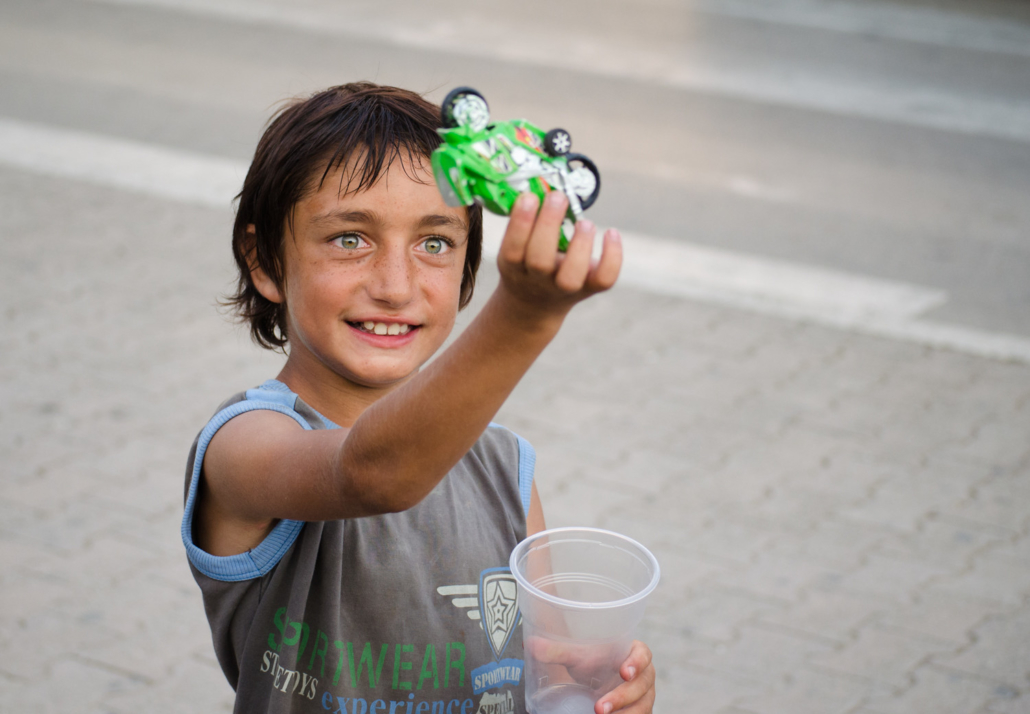

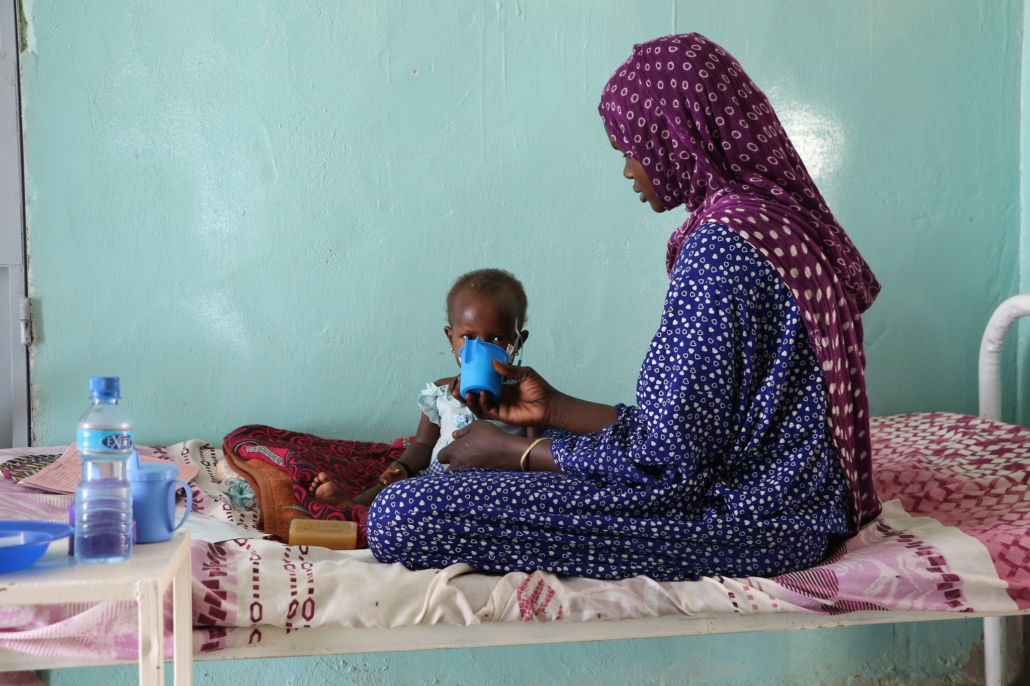
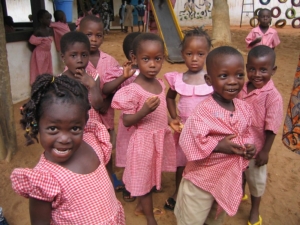 Between Ghana and Benin lies Togo, a small country in West Africa, composed of 41 different ethnic groups. With a current population of 8.8 million, it is estimated that nearly half of Togo’s population falls below 18 years of age. Unfortunately, Togo is also known as a major hub for
Between Ghana and Benin lies Togo, a small country in West Africa, composed of 41 different ethnic groups. With a current population of 8.8 million, it is estimated that nearly half of Togo’s population falls below 18 years of age. Unfortunately, Togo is also known as a major hub for  Benin is a country in sub-Saharan Africa bordered by Togo to the west, Burkina Faso and Niger to the north, Nigeria to the east and the Atlantic Ocean to the south. It has a population of 12.12 million. While in the last 25 years, many intergovernmental and non-governmental organizations have made significant progress in
Benin is a country in sub-Saharan Africa bordered by Togo to the west, Burkina Faso and Niger to the north, Nigeria to the east and the Atlantic Ocean to the south. It has a population of 12.12 million. While in the last 25 years, many intergovernmental and non-governmental organizations have made significant progress in 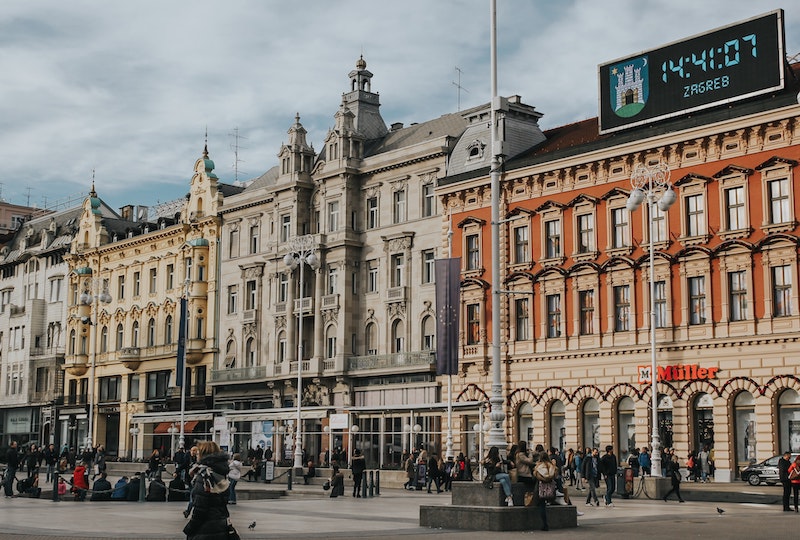
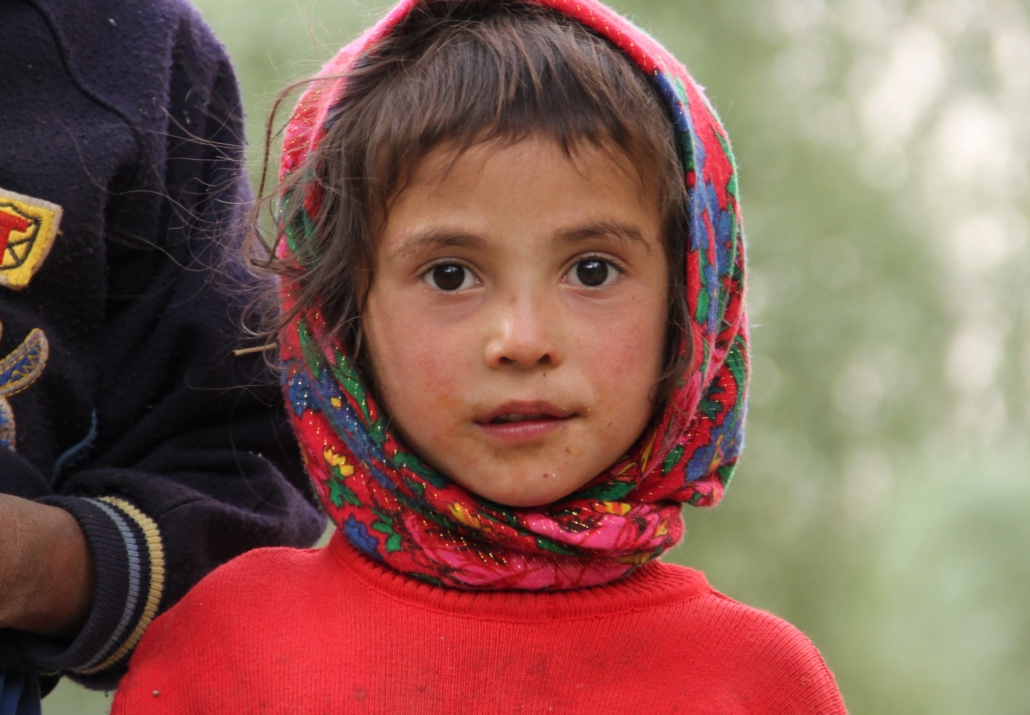
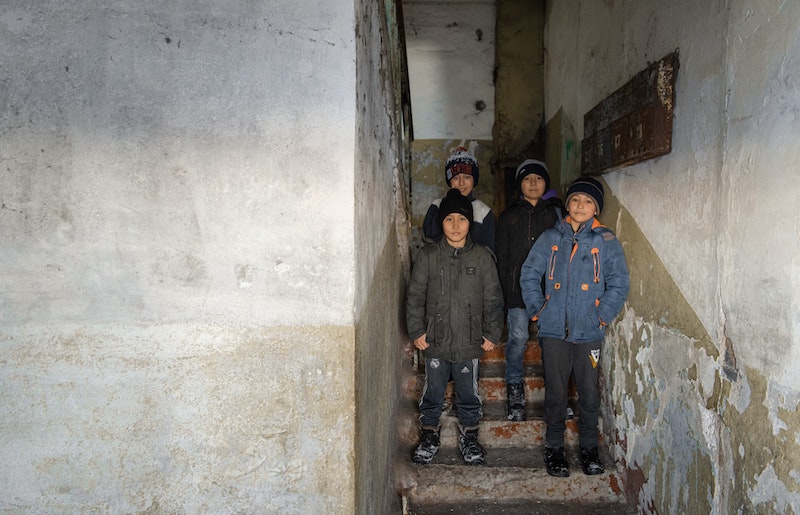 According to the 2021 U.S. Department of State Trafficking in Persons Report on Kazakhstan, the country currently has a
According to the 2021 U.S. Department of State Trafficking in Persons Report on Kazakhstan, the country currently has a 